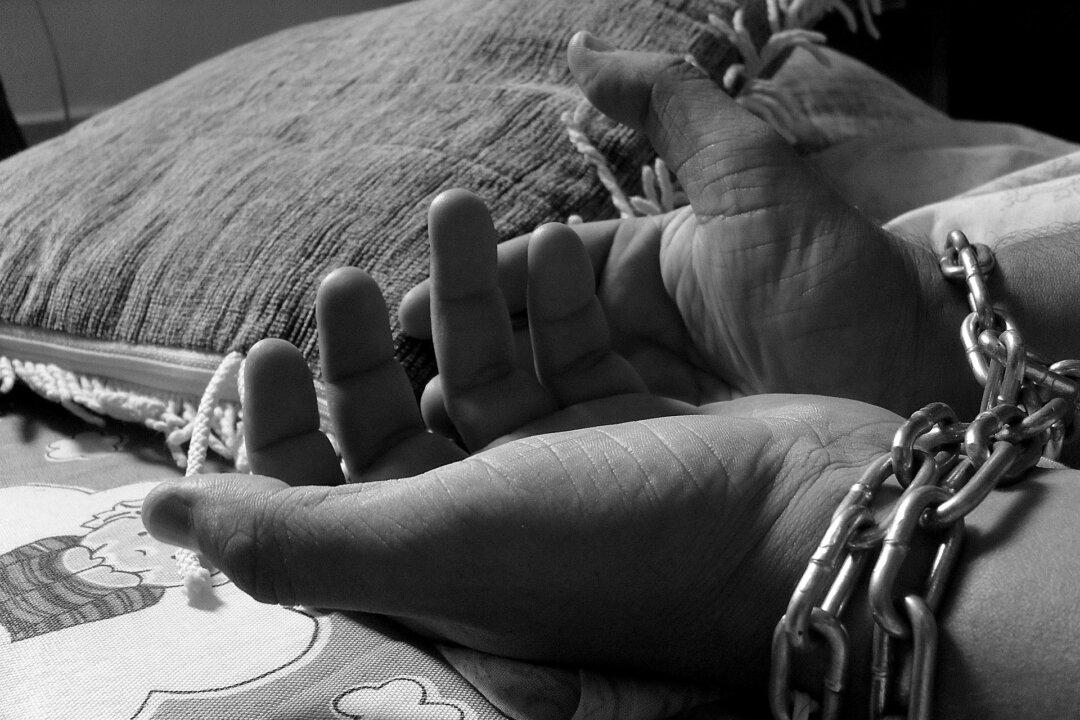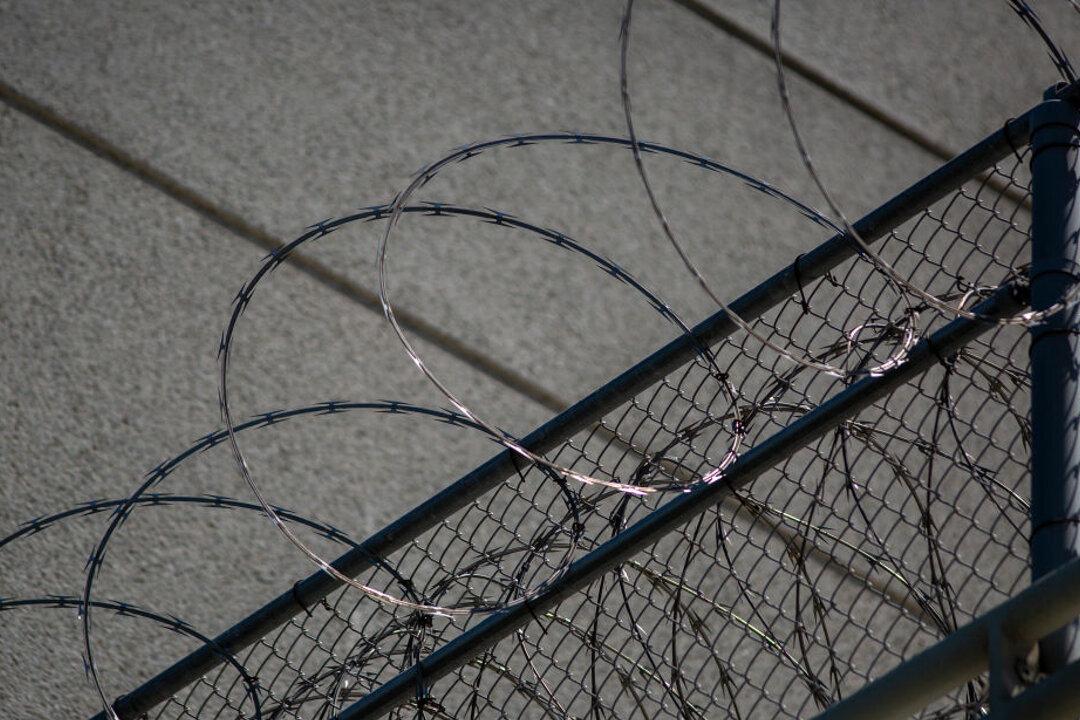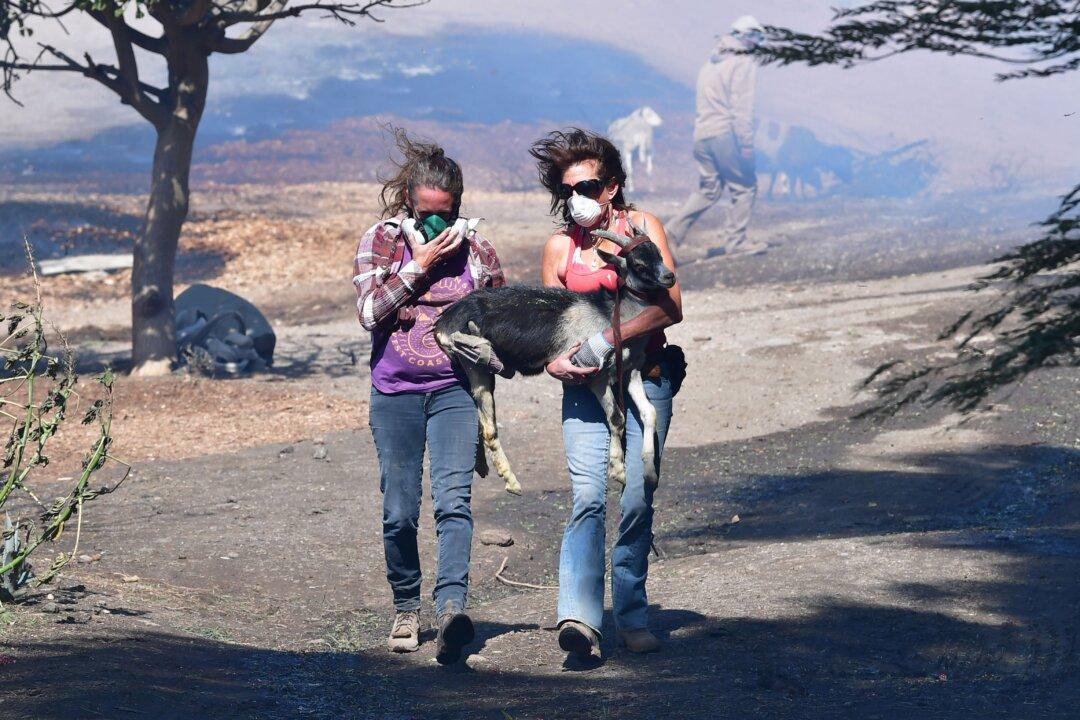Orange County, California, which boasts a median household income of $86,000, is often viewed as a relatively safe, wealthy, and conservative region, one unlikely to be associated with human trafficking. But research has revealed the county to be a destination for traffickers.
The official Orange County Human Trafficking Task Force (OCHTTF), set up to fight real time sex and labor slavery in the county, released their latest victim report in 2019. Approximately 80 percent of both victims and traffickers in Orange County travel to the area from other parts of the region, the state, and the entire nation.



